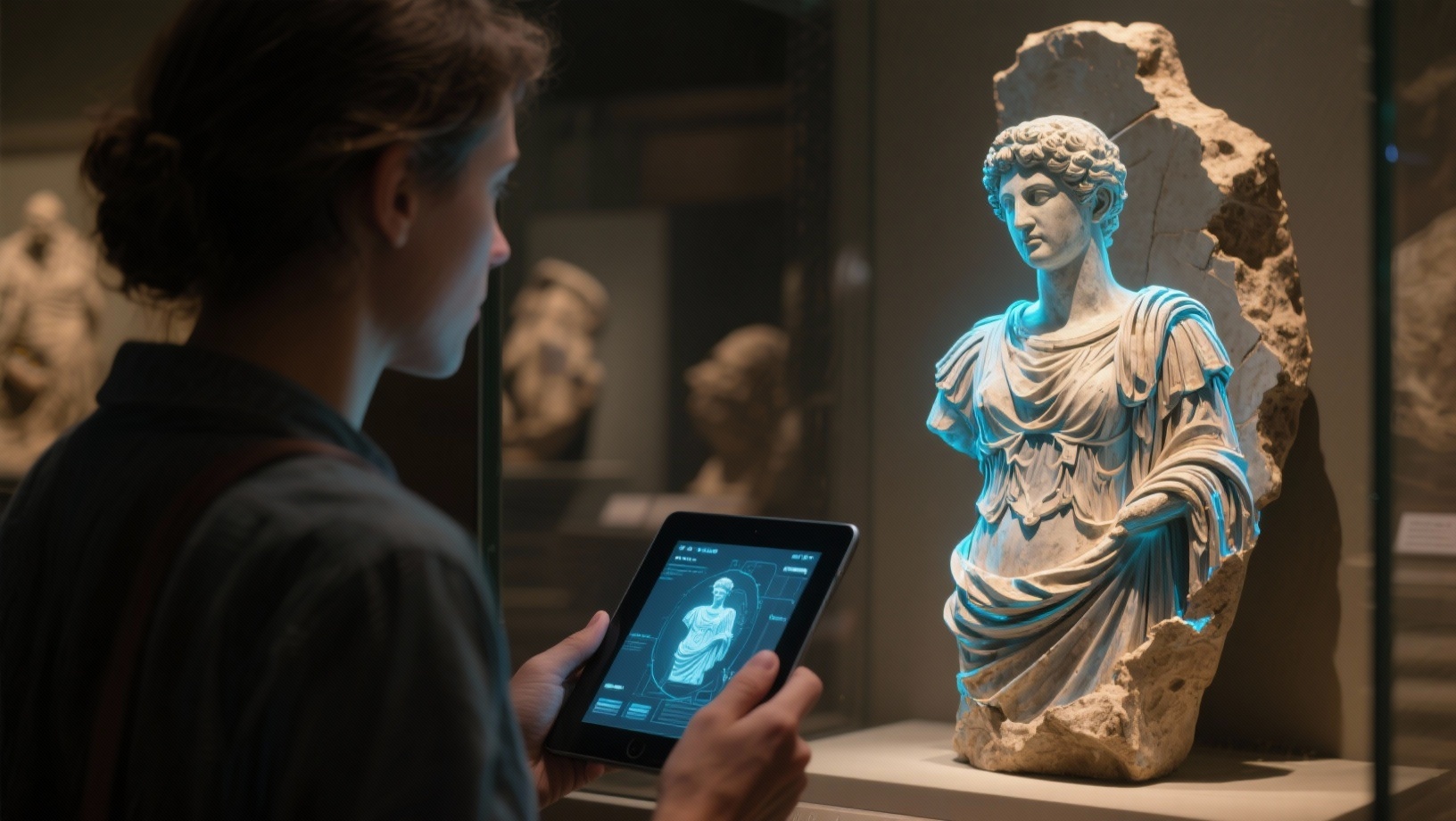The travel and culture sectors are constantly seeking innovative ways to engage visitors and bridge the gap between historical artifacts and the modern digital native. One of the most disruptive technologies achieving this is Augmented Reality (AR). The application of Augmented Reality for Museums and historical city tours is revolutionizing the way we consume and interact with history, art, and urban environments. AR overlays digital content—such as 3D models, videos, or interactive graphics—onto the real world, providing a personalized, dynamic, and deeply informative layer that static signs and audio guides simply cannot match. This shift moves the experience from passive observation to active, immersive exploration.
Transforming Museum Engagement with AR
Traditional museum visits often suffer from “information overload” or, conversely, a lack of contextual depth. Augmented Reality for Museums solves both problems simultaneously. Instead of reading lengthy plaques or listening to generic audio narrations, visitors can simply point their smartphone or a dedicated AR device at an exhibit to unlock a wealth of layered, context-specific information. For instance, a visitor looking at a partially preserved Roman statue can see a photorealistic 3D reconstruction of the statue in its original, vibrant colors and complete form, right on their screen, overlaid onto the relic itself.
Moreover, AR can bring historical context to life. Imagine standing next to a display of ancient weaponry; an AR overlay could project a simulation of a soldier using that weapon in battle, complete with period-accurate sound design. This capability is particularly powerful in archaeology and paleontology exhibits. When viewing dinosaur bones, an AR application can immediately project a life-sized, animated model of the creature walking through the exhibit hall, turning a static collection of fossils into a breathtaking, dynamic encounter. This level of visualization drastically improves comprehension and retention, especially for younger audiences. This innovative approach ensures that the experience feels personalized and highly relevant to the individual’s interests.
The Power of AR in City Tours and Historical Sites
Beyond the controlled environment of the museum, Augmented Reality is transforming city tours and on-site historical exploration. Imagine walking through an ancient ruin or a war-torn city square. Using an AR application, visitors can hold up their device and see the destroyed buildings fully reconstructed on their screen, perfectly aligned with the existing foundations. This “time-travel” capability is perhaps the most compelling use of AR in the travel sphere. It allows travelers to visualize the past without permanent, intrusive physical reconstructions.
For example, a tourist in Rome could point their phone at the remnants of the Forum and see the majestic temples and bustling marketplace appear in their original splendor. This form of guided, self-paced tour eliminates the need for large, easily distractible tour groups and allows the traveler to explore at their own leisure. Furthermore, AR can enhance navigation, providing directions and points of interest overlaid onto the real streetscape, combined with historical anecdotes that pop up precisely where relevant. This use of Augmented Reality for Museums and cities essentially turns the entire urban landscape into an interactive, self-guided exhibit.
Technical Implementation and User Experience
Implementing successful AR experiences requires careful planning regarding technology and user experience (UX). Most applications today leverage mobile devices (smartphones and tablets) due to their ubiquity. However, the future points toward dedicated AR glasses, which offer a truly hands-free, seamless experience. The quality of the digital content—the 3D models, animations, and graphic overlays—must be of the highest fidelity to maintain immersion. Poorly rendered graphics or inaccurate overlays can break the sense of reality and distract the user.
A critical aspect is content synchronization and geo-location accuracy. For city tours, the AR content must reliably trigger at the exact location the user is standing, which requires highly precise GPS and compass calibration. For Augmented Reality for Museums, marker-based tracking (using the exhibit itself or a small, printed marker as the reference point) often provides more stable and accurate overlays. Furthermore, accessibility must be a priority; AR experiences can be designed to include multiple languages, sign language overlays, and descriptive audio tracks, making the cultural content available to a wider audience. The seamless integration of these technical elements is what defines a truly successful AR cultural application.
The Commercial and Educational Value
The integration of Augmented Reality for Museums and city tours presents significant commercial opportunities. By offering a premium, interactive experience, cultural institutions can introduce new revenue streams, such as paid access to advanced AR content or specialized AR-guided tours. The “wow” factor of the technology also serves as a major draw for visitors who might otherwise bypass a traditional museum. Beyond revenue, the educational value is immense. AR engages multiple senses and learning styles, making complex historical information immediately understandable and memorable.
The ability to create personalized learning paths based on a visitor’s previous interactions or stated interests means the same physical exhibit can offer a different, tailored experience to every individual. This personalized interaction elevates the overall perceived value of the visit. Moreover, AR allows for the virtual preservation of fragile or destroyed cultural heritage, offering a way for people worldwide to experience sites that are otherwise inaccessible or at risk. This technology is becoming an essential tool for cultural conservationists and educators globally.


